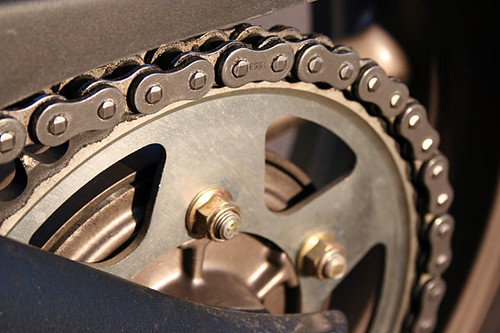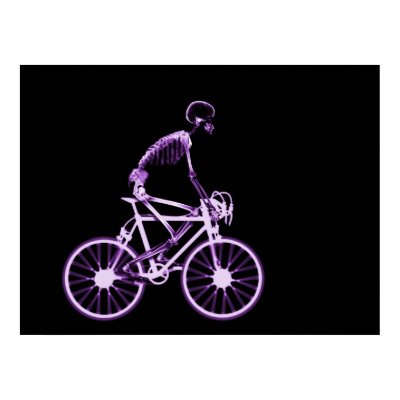 So here is a huge pet peeve of mine. I'm safely enjoying my ride on a busy Miami street, when all of a sudden I see a cyclist coming right at me... jack ass. Since I ride on the road, this leaves me with two options: hug the sidewalk and force the other cyclist into the street or move myself into the street and allow the other cyclist to stay clear of traffic.... Don't be that person.
So here is a huge pet peeve of mine. I'm safely enjoying my ride on a busy Miami street, when all of a sudden I see a cyclist coming right at me... jack ass. Since I ride on the road, this leaves me with two options: hug the sidewalk and force the other cyclist into the street or move myself into the street and allow the other cyclist to stay clear of traffic.... Don't be that person.Riding with traffic is not only safer for other cyclists, but also makes you more visible to motorists, especially those pulling our of drive ways. When a motorist turns into traffic, their attention is directed towards oncoming traffic. Though they may give a quick glance in the other direction, to spot any nearby pedestrians, their glimpse is not going to be long enough to spot a cyclist traveling at ten plus miles per hour. If, however, this same cyclist is moving ten plus miles with traffic, they will be easily be spotted by an attentive motorist pulling out of a driveway : )









